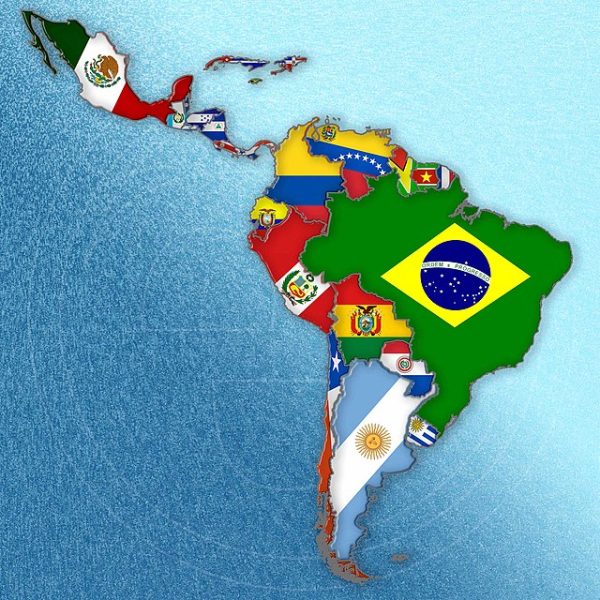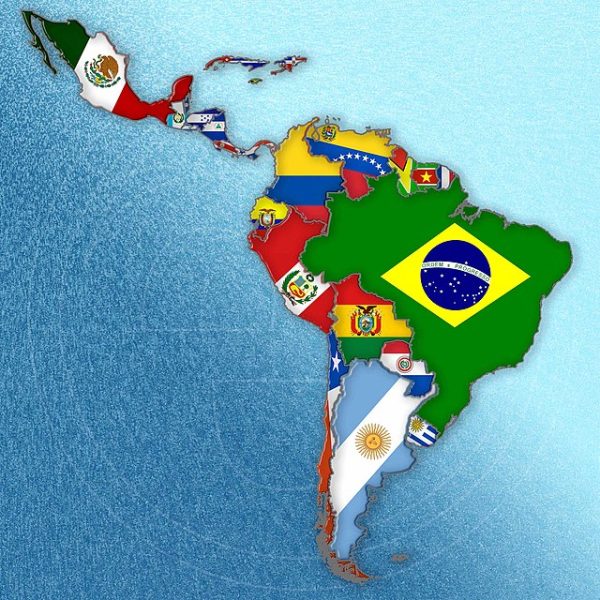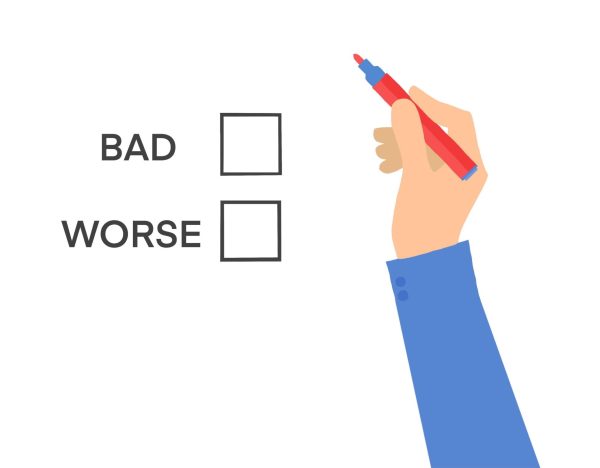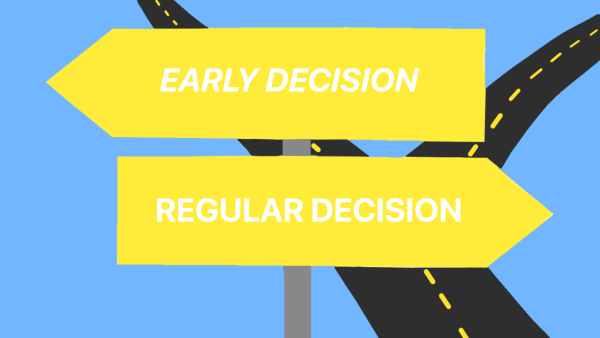Comparing the two newest iPhone models
October 26, 2017
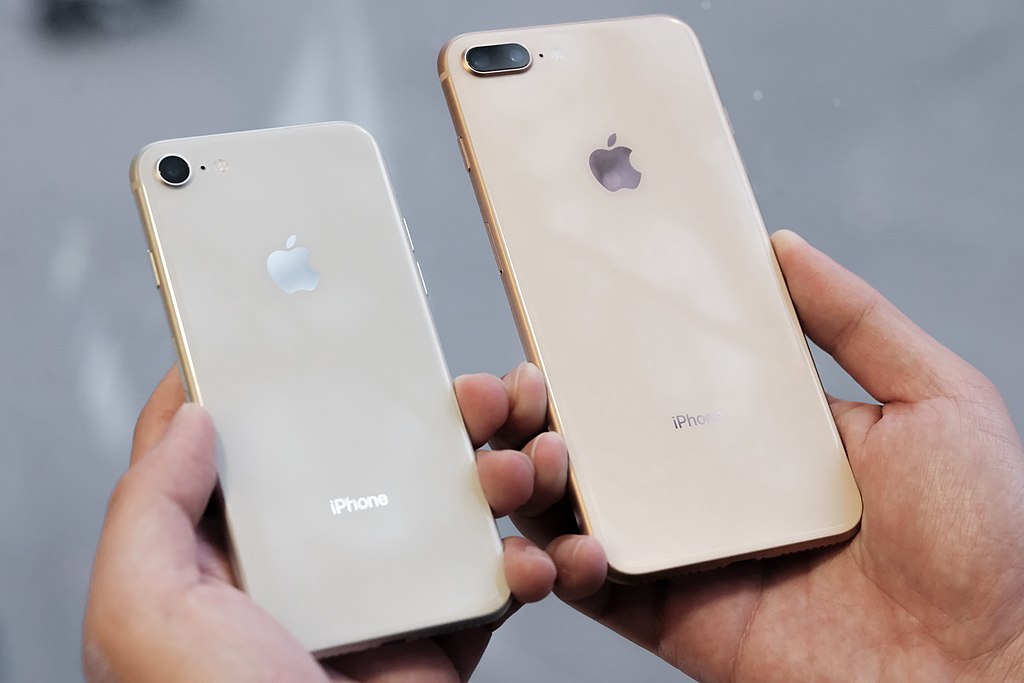
Ever since Apple announced the iPhone X on Sept. 12, there’s been significant media buzz around the merits of the new phone, which will be available for pre-order starting tomorrow. Though it promises several new features and abilities never seen in a smartphone, don’t forget about the iPhone 8.
Released on Sept. 22, the iPhone 8 provides few changes to its predecessor, the iPhone 7. Usually, Apple will first come out with a new number model that provides big changes, and then will make only little changes in the subsequent “S” models. The iPhone 8 has such minute changes that it might better be titled the iPhone 7s. The biggest physical change between the 7 and 8 is the 8 has a glass back; that’s about it. Some of the smaller improvements include better screen quality, sharper photos and videos, an improvement on portrait mode and a weight of about half an ounce more.
What’s the cost for all these new changes, you may ask? Well, it’s $699 for the Regular and $799 for the Plus. The big differences between the Regular and Plus are that the Plus has two cameras, a wide angle and telephono lense and a slightly larger screen.
The biggest change for the iPhone 8 is the promise of wireless charging in 2018, which is a pretty major improvement. The wireless charger, called an “AirPower mat,” can be placed around airports or restaurants for convenient charging. They did keep the charging port, though, so you can still charge your phone the traditional way.
The iPhone 8 also promises a much better screen and camera. Supposedly, the screen has “true tone technology,” which subtly adjusts the white balance to match the color temperature of the light around you, putting less strain on the eyes. It also claims to have “the best color accuracy in the industry.” The camera on the 8 Plus has a new portrait lighting mode, which provides “real time studio lighting effects.”
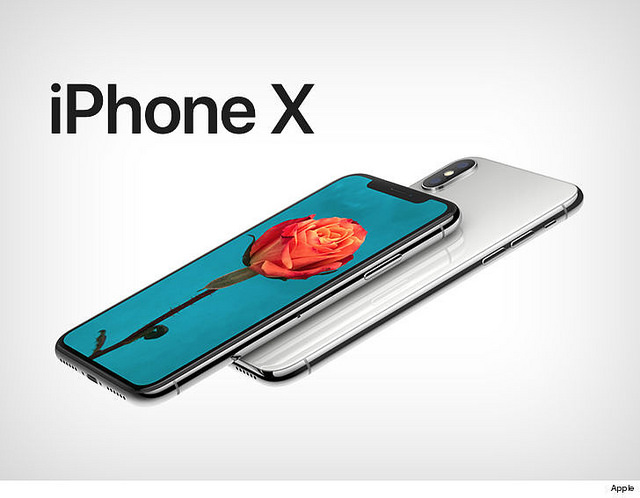
The phone that has the big changes is the iPhone X. The home button is now gone, the screen takes up the entire front of the phone, and that fingerprint I.D unlock feature (that never really works) has been replaced with Face I.D. The future is now. This new phone is surely the next step in smartphone technology, the only drawback is it costs $1,000. Even for Apple, that’s a bit expensive.
The iPhone 8 is not a bad phone; it just doesn’t have as many new features as new iPhone models have had in the past. Apple wanted to squeeze a new model in between the iPhone 7 and X, but it could have been done at a better time. For the last 5 years, the new iPhone has been released in September, one year from its predecessor. The iPhone 8 follows that trend, but has seemingly few changes for a year’s worth of improvement time. Then, for the 10th anniversary of the first iPhone, the iPhone X is also being released this year, only a month after the 8. Because of this, the X is Apple’s main focus, and the 8 has not received the new fancy improvements it deserves.
So, is the iPhone 8 the way to go, or should you save your pennies for the iPhone X? Well, it depends. If you want a new phone that has familiar features, yet minor improvements, then go for the 8. But if you like many new features and new abilities and have a few extra dollars, give the X a try.





